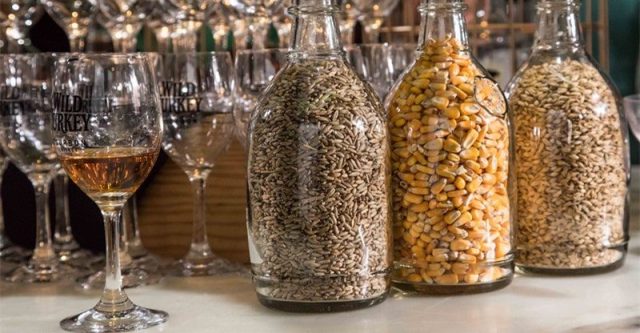Organic grain alcohol, also known as organic ethanol, has a wide range of uses – from crafting tasty alcoholic drinks to being an essential solvent across different sectors. Plus, it’s made from organic grains, which means a more eco-friendly choice because these grains are cultivated without harsh chemicals, such as pesticides, artificial fertilizers, or genetically modified organisms (GMOs).
In this blog post, we’re going to take an in-depth look at how organic grain alcohol is made, giving you the full scoop on what it takes to produce this environmentally conscious choice.
A Step-by-Step Guide
Thinking about making organic gin? Start by getting the best possible ingredients. Look to common grains such as corn, wheat, barley, and rye – ensuring they’re sourced from organically certified farms known for their strict adherence to the highest standards. This isn’t just about producing top-shelf alcohol; it’s about nurturing soil health, supporting biodiversity, and employing nature-friendly farming methods like rotating crops and managing pests naturally.
Milling and Mashing
Once the grains are harvested, they’re ground down, which increases the surface area and primes them for sugar extraction. This blend of grain and water, which turns into a dense paste similar to oatmeal, is called a mash. Enzymes are introduced to transform complex starches within the grains into simple sugars, readying them for fermentation.
Fermination
Brimming with sweet potential, the mash then moves to fermentation tanks, where yeast is added. In an oxygen-free environment, the yeast feasts on the sugars, converting them into ethanol and carbon dioxide. This fermentation process requires several days of precise temperature regulation to be successful. It’s a bit of alchemy in action!
Distilling
The fermented mash, often termed ‘beer’ or ‘fermented wash’ in the context of organic grain alcohol, is ready for distillation. This involves heating the mixture, separating, and collecting the desired alcohol through condensation. The resulting spirit is potent and highly valued thanks to its concentrated alcohol content.
Purification and Filtration
To achieve the utmost purity, the distilled spirit undergoes further purification steps. This may include additional distillation, carbon filtration, and passing through molecular sieves to ensure that the final product is as clean and flawless as possible. This attention to detail ensures the grain alcohol meets the highest standard for quality before consumption.
Bottling and Certification
Finally, after a thorough purification process, the smooth grain alcohol is bottled. Whether it’s in small containers for individuals or large barrels for industrial use, the product is then officially recognized by certification bodies that validate its adherence to organic standards and practices.
































